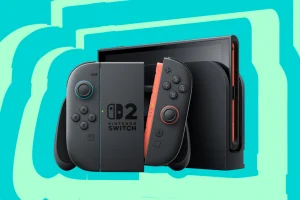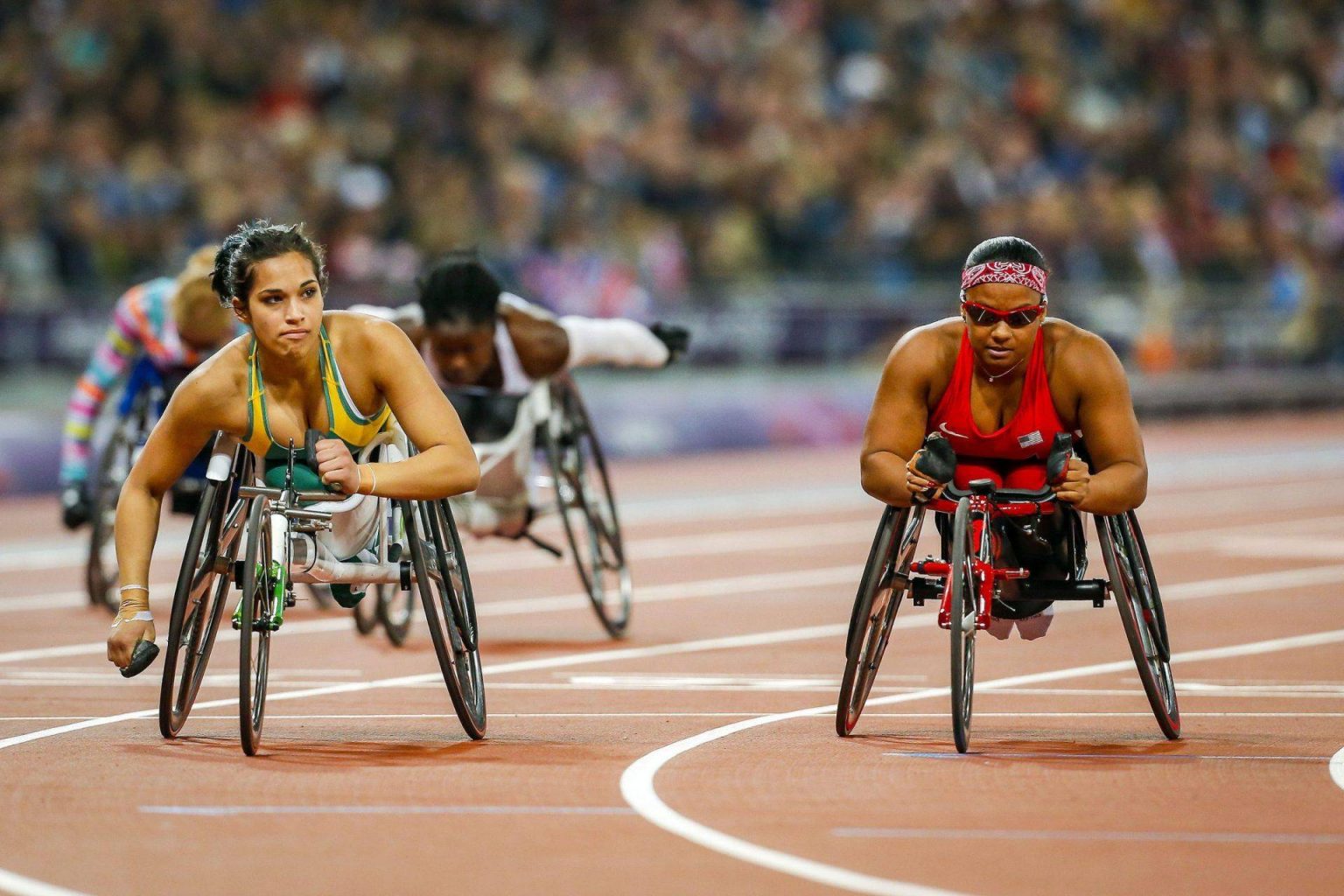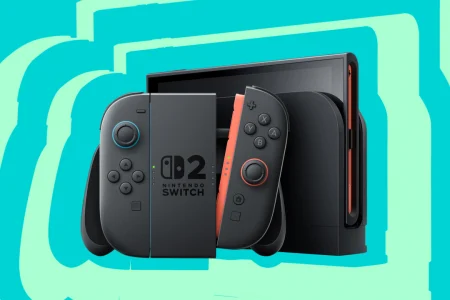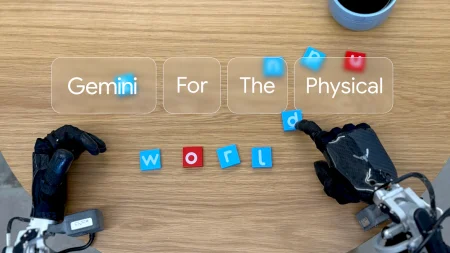Advancements in Assistive Technology is helping differently-abled athletes compete at the highest level like never before…
7 Gold medals, 13 Silver medals and 9 Bronze medals! That’s 29 medals in total! More than India had ever won previously at a single Paralympics. The monumental feat helped India finish 18th in the recently concluded event in Paris.
This is the 13th edition of the event where India is participating. From 10 participants in 1968, we’ve gone up to 84 in 2024. And from just a single medal in the London edition in 2012, we’ve managed29 in just 12 years.
And Assistive Technology is at the heart of it all!
What is Assistive Technology
Assistive Technology includes assistive products and their systems and services that help para-athletes perform at their peak. These products include advanced prosthetics, running blades, customised wheelchairs and other devices.
Ever since they have become a part of Paralympic sports, they have been enabling para-athletes to break barriers and smash world records.
At the 2024 edition of the Paralympics, there are 22 sports with 549 medal events. Apart from gender and weight classifications at the Paralympics, the eligibility classifications are based on the extent of the para-athlete’s impairment. They are grouped into different ‘sports classes’ based on the activity limitation due to their impairment.
How Assistive Tech helped Indian Paralympians
Some sort of assistive technology is used in all sports at the Paralympics.
For instance, in Para archery, a release brace is strapped on to the athlete’s upper body and either a manual trigger mechanism or other hinges allow the archer to release the arrow. Sheetal Devi – an Indian para-archer without arms – used a release brace attached to a compound bow that has mechanical pulleys and telescopic sight for accuracy. She won a bronze medal in Paris.
In para-athletics, apart from sport equipment like discus and shot put, athletes use assisted technology like specialized wheelchairs, gloves or sighted guides. Para athlete Dharambir who won the gold medal in men’s club throw F51 used a specialized wheelchair that was 3D printed to be customized to his requirements.

In para-badminton, the wheelchairs come with a backrest and extra caster wheels at the back so that the players can move freely and twist or lean backwards without falling over. This lets them return a smash and continue with a rally.
Similarly, while para-cyclists have standard racing bikes, they are allowed certain modifications. Athletes with an arm impairment have their handlebars modified based on which hand has more control and mobility while athletes with leg amputations can fix their prosthesis to the pedal.
Apart from this, sensor technology and data analysis also play a crucial part for Paralympians, especially the ones with sensory impairments like vision. The data from these sensors help them identify where they can improve their performance.
Unequal Access to Assistive Tech
Despite all the benefits of Assistive tech, the World Health Organization (WHO) estimates that more than 2.5 million people around the world who need it have no access to it.
As per the WHO’s Global report on assistive technology (2022), just 3% people in certain low-income countries have access to assistive tech while the number rises to 90% in high-income countries. The same report claims that only 5-35% of 80 million people who need a wheelchair have access to it while only 10% of 1.5 billion people worldwide suffering from hearing loss have access to hearing aids.
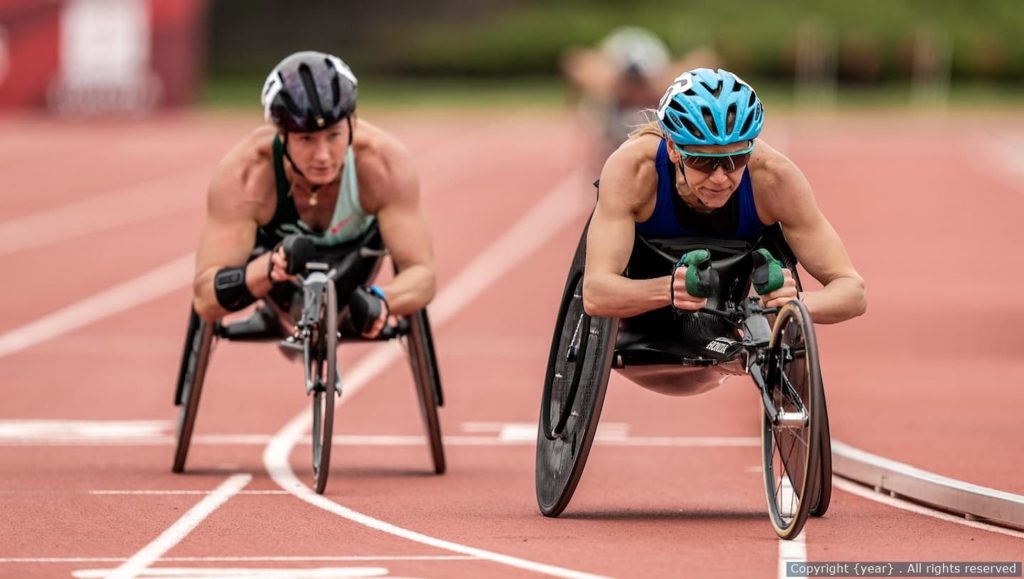
The same is the case when it comes to Paralympians. To illustrate the disparity, the US Paralympians partnered with BMW to engineer a state-of-the-art racing wheelchair that “pushed the limits of sport”. In stark contrast, para-athletes from poorer countries depend on wheelchairs donated by Non-Profit Organizations to compete at events.
It’s not just the athletes, this has significant implication on differently abled children who aspire to compete at the highest level but have no access to such technology. No access to such tech at the grassroots level means that differently-abled children can’t stretch their limits during their formative years.
The relative access to such kind of tech creates a disparity in the number of participants from each country, the medal tally and their performance outcomes.
Ethical Concerns
There is also the ethical question of assistive tech enhancing a para-athlete’s performance and ability to the extent that they can take on able bodied individuals and defeat them with the assistance of such tech.
Such an example arose when US paralympic sprinter Blake Leeper wanted to compete at the World Athletics in 2020. But he was banned as the length of his carbon fibre running blades gave him an undue height advantage. The Court of Arbitration in Sports (CAS) upheld the ruling, sparking a debate on fairness when it comes to using assistive tech and about creating a balance between inclusivity and competitive fairness.
Advancement in technologies such as neuro-prosthetics, brain-computer interfaces (BCIs) and exoskeletons also raise questions about ethics and fairness. Conventional prosthetics rely on mechanical or sensor-based inputs but neuro-prosthetics interface directly with the nervous system.

The Future of Assistive Technology
All this aside, there is no denying the fact that assistive tech has helped bridge the gap between able-bodied athletes and para-athletes. A research team in the University of Queensland is working on how AI can create a classification system that would create a more accurate and objective sports class.
But while that continues on one side, the focus should be on making assistive tech inclusive and accessible to everyone. Governments should reduce or eliminate taxes and integrate assistive tech into primary healthcare and sports at the grassroots level.
With this record tally in Paris, we wonder how many more medals our Indian para-athletes will win at the 2028 event in Los Angeles!
In case you missed:
- How AI is Revolutionizing Combat for Indian Defence Forces
- iPhone 16: Price, Release Date, Specs & More
- Apple Intelligence to increase Global Reach with Multilingual Support
- Presenting Wiz: Google’s $32 Billion Push on Cybersecurity
- India announces First Venus Mission set for 2028
- 13 Ways to Speed Up your Wi-Fi Connection
- Param Rudra: Modi launches India’s Homegrown Supercomputing Powerhouse
- India’s AI Ambitions in the Spotlight amidst DeepSeek’s Disruption
- How to spot a Deepfake Video
- Active Listening Feature on Phones raises Privacy Concerns


